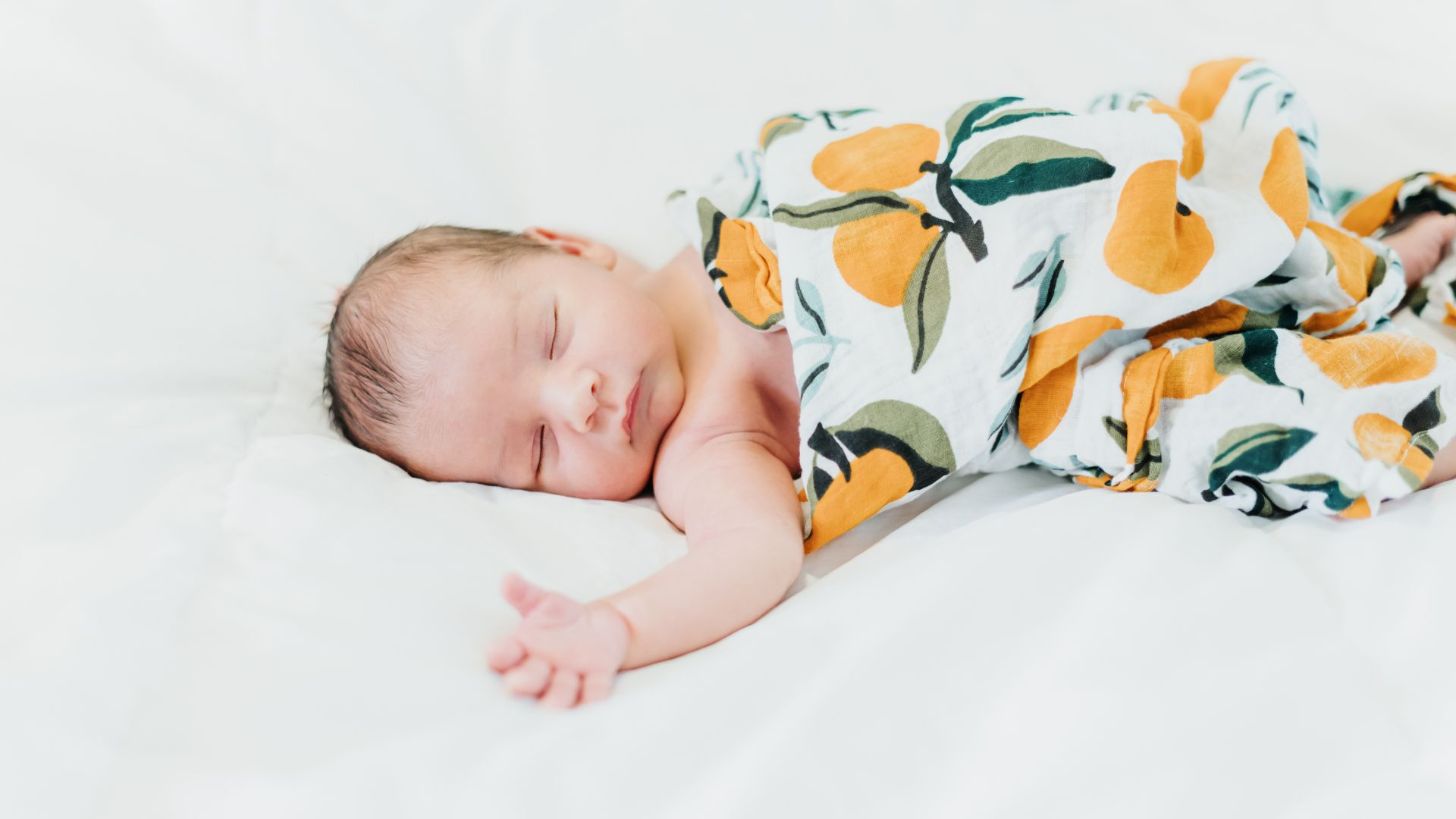Hello fellow parents! Navigating the world of newborn sleep is a daunting task, and choosing the perfect sleepwear for your little one is an essential part of this journey. In this comprehensive guide, I’ll share valuable tips to help you find the best sleepwear to ensure a cozy and comfortable slumber for your precious baby.
- Safety First: Prioritize Your Baby’s Well-Being
- Temperature Regulation: Dress for the Weather
- Easy Diaper Changes: Look for Accessible Designs
- Comfort is Key: Choose Gentle Materials
- Embrace Onesies and Sleep Sacks: The Newborn Sleepwear Superheroes
- Avoid Excessive Accessories: Keep It Simple
- Trust Your Parenting Instincts: Every Baby Is Unique
Safety First: Prioritize Your Baby’s Well-Being
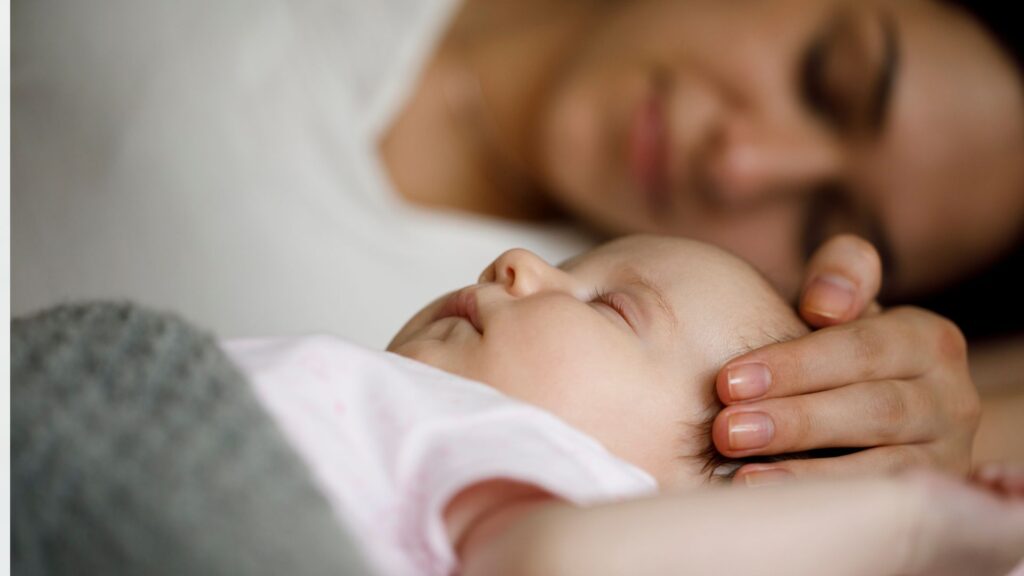
When dressing your newborn for sleep, safety should be your top priority. Look for sleepwear that meets regulations 16 CFR Part 1615 and 16 CFR Part 1616, designed specifically for infants.
First and foremost, always check with your pediatrician to make your toddler’s clothes are safe.
Always check for labels or tags indicating compliance with safety standards to ensure you choose a reliable product.
One critical aspect to consider is the material of the sleepwear. Flame-resistant fabrics can offer an additional layer of protection.
Loose-fitting sleepwear is required to be flame resistant to protect children in case of fire. Flame-resistant sleepwear undergoes special chemical treatment to ensure that, in case of accidental fire, the clothes will self-extinguish, providing an essential safeguard for your baby.
In addition to flame-resistant options, consider sleep sacks or wearable blankets. These are specifically designed for infants, providing a safe and warm sleep environment without the risks associated with loose blankets. Snug-fitting sleep sacks can help prevent accidents such as suffocation, as there’s less fabric that could potentially cover your baby’s face while they sleep.
Moreover, be sure to pay close attention to the details of the sleepwear you choose. While buttons, bows, and other embellishments may seem cute, they can also pose a choking hazard if they become detached.
To minimize this risk, examine any potential adornments on your baby’s sleepwear to ensure they are securely fastened. Avoid sleepwear with drawstrings or ties that could potentially become wrapped around your baby’s neck or limbs, leading to injury.
Lastly, be wary of sleepwear that includes hoods. While they might seem like a good idea for extra warmth, hoods can potentially cover a baby’s face, obstructing breathing. For the same reason, it’s recommended to avoid any sleepwear with a high, tight collar.
To sum up, prioritize safety above all else when dressing your newborn for sleep.
Temperature Regulation: Dress for the Weather
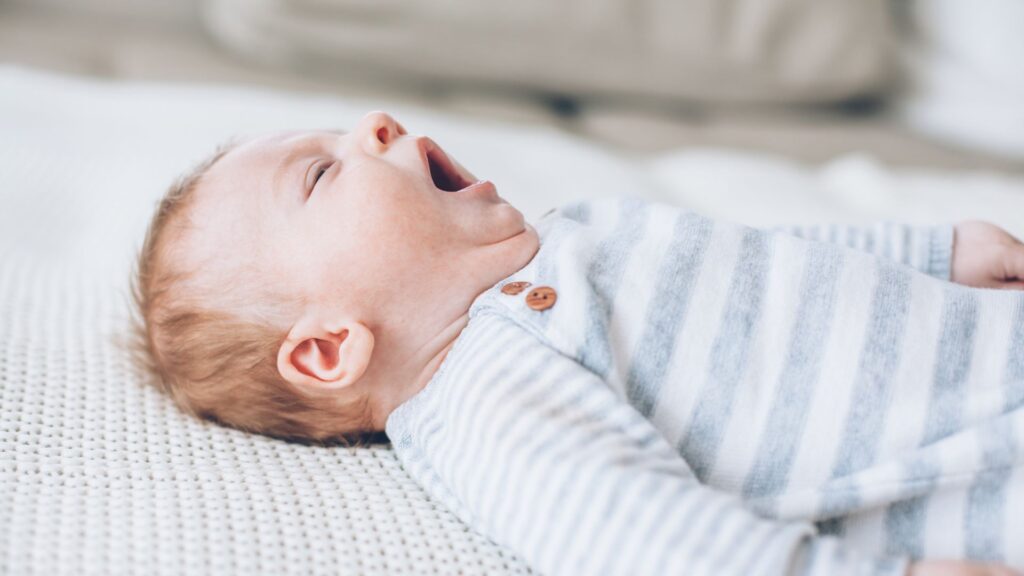
Ensuring your newborn stays comfortable throughout the night involves regulating their body temperature. Newborns, unlike adults, don’t have a fully developed internal thermostat, making it challenging for them to maintain a constant body temperature.
This inability to self-regulate temperature underscores the importance of dressing your baby appropriately.
During warmer months, it’s essential to select sleepwear that can keep your baby cool and prevent overheating. Lightweight, breathable fabrics such as cotton are your best bet.
Cotton is a natural fabric that promotes air circulation, allowing excess heat to escape from your baby’s body and helping to prevent sweat buildup, which can lead to discomfort and skin irritations.
Other natural fibers like bamboo and linen can also provide similar benefits and are gentle on your baby’s sensitive skin.
In contrast, colder seasons call for warmer clothes to provide the needed insulation for your baby. Fabrics like fleece and flannel are excellent choices during these periods.
Fleece is a synthetic fabric that excels at retaining heat, making it perfect for keeping your baby warm. On the other hand, flannel provides warmth but also has the benefit of breathability, helping maintain a comfortable temperature.
Layering is an invaluable technique for managing fluctuating temperatures, particularly during transitional seasons like spring and fall.
Start with a lightweight, breathable fabric base layer next to your baby’s skin. You can then add additional layers as needed, depending on the temperature.
As a rule of thumb, dress your baby in one more layer over what you’re wearing in the same environment.
An added advantage of layering is the flexibility it offers. If the temperature increases, you can easily remove a layer to cool your baby down. Conversely, if the temperature drops, you can add a layer to increase warmth. Just remember that each layer should be light and breathable to prevent overheating.
Keeping a close eye on your baby is key. Signs of overheating include sweating, flushed cheeks, heat rash, and rapid breathing, while signs of being too cold might be cool skin and lethargy.
Paying attention to these signs will help you adjust their clothing as necessary.
In summary, to maintain optimal comfort for your newborn, consider the ambient temperature, choose suitable fabrics, and employ the strategy of layering.
Easy Diaper Changes: Look for Accessible Designs
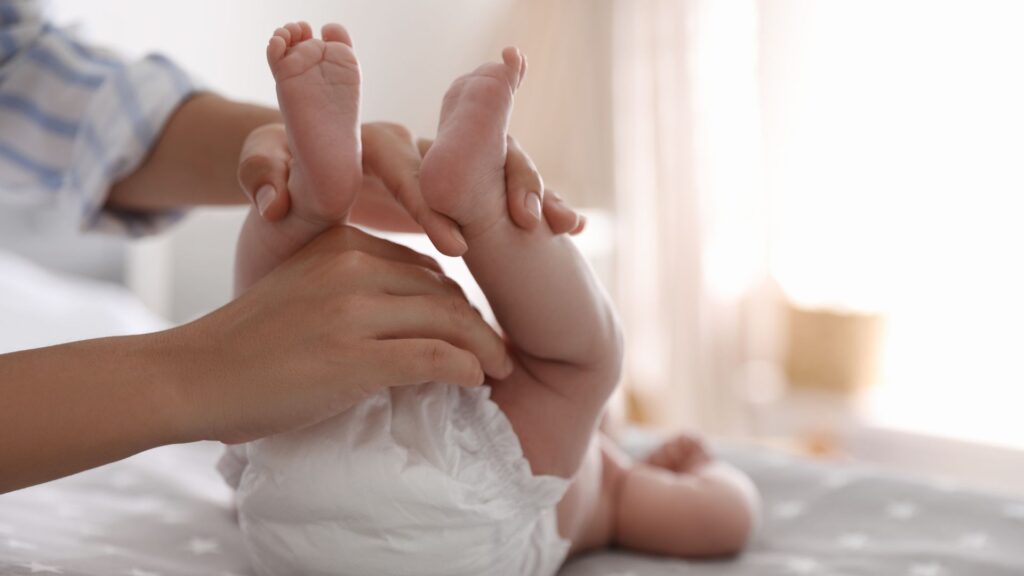
Every parent of a newborn knows that diaper changes never stop. This is especially true during the night when you’d rather stay asleep.
Fortunately, choosing the right sleepwear can significantly streamline these nocturnal diaper changes, minimizing disturbance and helping your little one get back to sleep quickly.
One of the primary considerations when selecting sleepwear for easy diaper changes is the type of closure. I could not recommend more the sleepwear with snaps or zippers along the front or at the bottom.
These designs allow for quick and efficient diaper changes without completely undressing your baby. The fewer pieces of clothing you need to remove, the less likely your baby is to fully wake up during the change, making it easier for them to drift back to sleep once the change is complete.
Snap closures are particularly versatile. They allow for selective opening of the sleepwear, so you can open only the bottom portion for a diaper change while keeping the top part closed to maintain warmth. Additionally, snap closures are generally durable and withstand the rigors of frequent changing and washing.
On the other hand, Zippers offer the convenience of quick opening and closing. Look for sleepwear with two-way zippers, which can be opened from the bottom or the top. This design enables you to change the diaper without exposing your baby to the cool air, which is especially helpful during the colder months.
Some sleepwear designs incorporate magnetic closures instead of snaps or zippers. These are just as convenient, but ensure the magnets are well-secured to avoid potential choking hazards.
A critical aspect of an easy-access design is ensuring that the closures are easy to manipulate even in a dimly lit room, typically during nighttime diaper changes. You’ll want simple closures to open and close with one hand, as you’ll likely be holding your baby with the other.
Beyond closures, consider sleepwear with ample room in the diaper area. This will allow for quick changes and provide extra space for overnight diapers, which are bulkier than daytime ones.
Remember, a smooth, swift diaper change can mean the difference between a baby who goes right back to sleep and one who thinks it’s time to wake up and play. Opting for sleepwear with accessible designs can make these necessary interruptions to your baby’s (and your) sleep much more manageable.
Comfort is Key: Choose Gentle Materials

Creating a comfortable sleep environment for your newborn goes beyond selecting a cozy crib. The fabric your baby’s sleepwear is made of plays a significant role in ensuring a restful night’s sleep. Choosing soft, non-restrictive, and gentle sleepwear on their delicate skin is paramount.
As I mentioned before, consider natural fabrics such as cotton or bamboo when selecting sleepwear materials.
Another critical aspect of comfort is ensuring the sleepwear is non-restrictive. This means opting for designs that allow for easy movement and flexibility. Whether your baby is a starfish sleeper or likes to curl up, their sleepwear should allow them to move freely.
Avoid outfits with scratchy tags or irritating seams in the quest for comfort. These can cause discomfort and disrupt your baby’s sleep.
Some parents remove tags altogether, while others prefer clothes with printed labels to avoid this issue. Similarly, look for sleepwear designs with flat seams that lie smoothly against your baby’s skin, minimizing the risk of irritation.
Another detail to pay attention to is the design and fit of elastic bands on sleepwear. Elastic bands on wrist cuffs, ankle cuffs, or waistbands should be snug enough to keep the garment in place but not too tight that they dig into your baby’s skin. A comfortable elastic band can also contribute to diaper changing ease, allowing for swift movement without causing discomfort to your baby.
Embrace Onesies and Sleep Sacks: The Newborn Sleepwear Superheroes
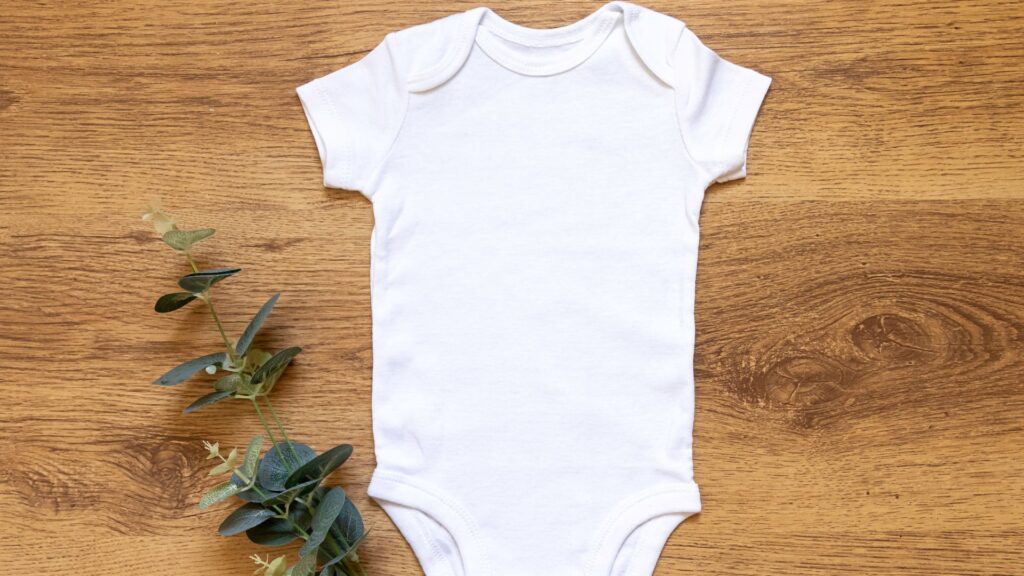
Regarding newborn sleepwear, onesies and sleep sacks truly stand out as superheroes. These sleepwear types offer unique advantages that help create a secure and comfortable sleep environment.
Onesies, or one-piece outfits, are beloved for their simplicity and practicality. Onesies with built-in feet, sometimes known as footed onesies or sleep-and-play outfits, cover your baby from neck to toes in a single, simple garment. This design eliminates the need for separate socks or booties, which can come loose and get lost or pose a potential choking hazard. This all-in-one solution ensures your baby’s body warmth is preserved, especially crucial for tiny toes that can easily get cold.
In addition to warmth, footed onesies provide a sense of security and containment that can help soothe your baby. The gentle, snug fit can mimic the comfort of being in the womb, helping your little one relax and sleep better.
Sleep sacks, also known as wearable blankets, are another game-changer in the world of newborn sleepwear. These cozy sacks are designed to keep your baby warm without the need for loose blankets.
When choosing a sleep sack, consider the size and roominess of the sack. It should be snug around the chest but offer enough room at the bottom for your baby to move their legs freely, which is essential for proper hip development. Also, ensure the neck opening is not too wide, preventing your baby’s head from slipping inside the sack.
Whether you choose onesies with built-in feet or sleep sacks, these sleepwear options are designed with safety, comfort, and practicality in mind.
Avoid Excessive Accessories: Keep It Simple
When it comes to newborn sleepwear, simplicity, and safety should always take precedence over style. Although it can be tempting to dress your baby in cute hats and mittens, it’s crucial to understand that these accessories can pose risks and should generally be avoided during sleep.
Hats, while adorable and useful in maintaining a newborn’s body heat, can become a hazard in the sleep environment. Babies, especially newborns, can move quite a bit during sleep. There’s a risk that the hat could slip down over the baby’s face, leading to overheating or even accidental airway obstruction, both of which are serious safety concerns.
Mittens, designed to prevent babies from scratching themselves with their fingernails, can also be problematic during sleep. Similar to hats, they can come off and end up near or over the baby’s face.
It’s best to save these accessories for supervised awake times, such as when you’re out for a walk on a chilly day, or during playtime when you’re actively engaged with your baby. This way, you can monitor your baby and ensure the accessories aren’t posing any safety issues.
Consider adjusting your baby’s sleepwear or room temperature instead of relying on hats for warmth during sleep. Onesies with built-in feet or sleep sacks made from warm materials can keep your baby cozy without needing a hat.
If you’re worried about scratching, try choosing sleepwear with fold-over cuffs to protect your baby’s face, or maintain a routine of gently trimming your baby’s nails.
Trust Your Parenting Instincts: Every Baby Is Unique
Every baby is different. Trust your instincts and observe your baby’s cues. Experiment with different sleepwear options until you find the perfect fit for your little one.
I hope these tips help you in your quest for the perfect sleepwear. Remember, a well-rested baby equals a happy baby and a happy baby equals happy parents. Sleep tight, everyone!
Hi – I’m Alina and I am a soon to be mom going through the journey of becoming a parent. I am a writer at heart and I love sharing about pregnancy tips and other busy mom hacks.
